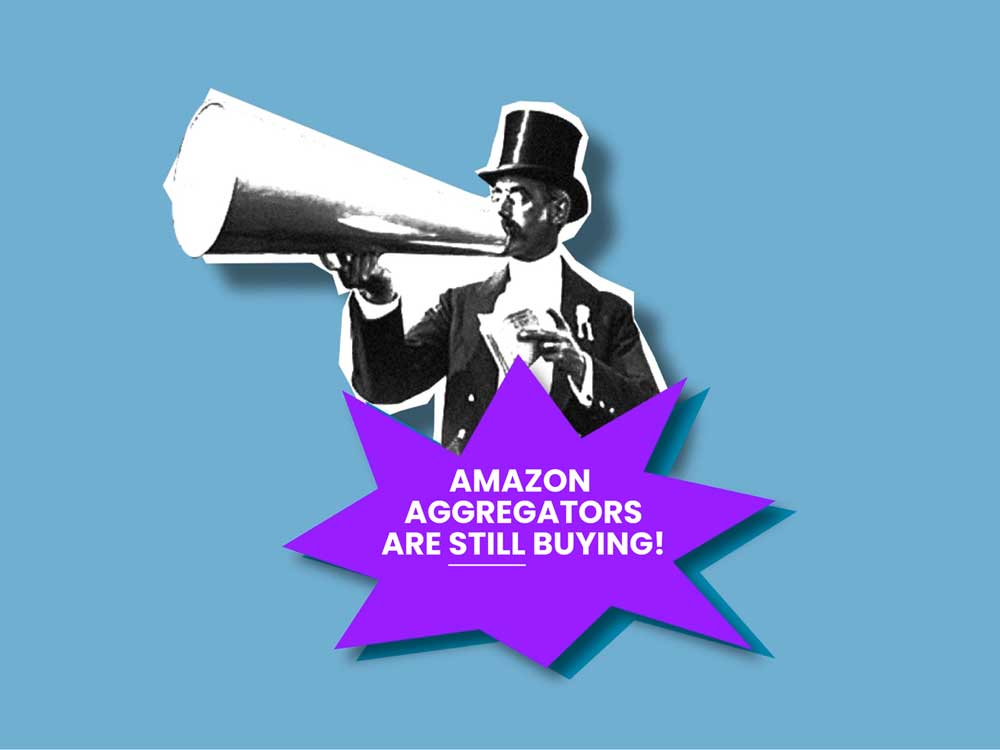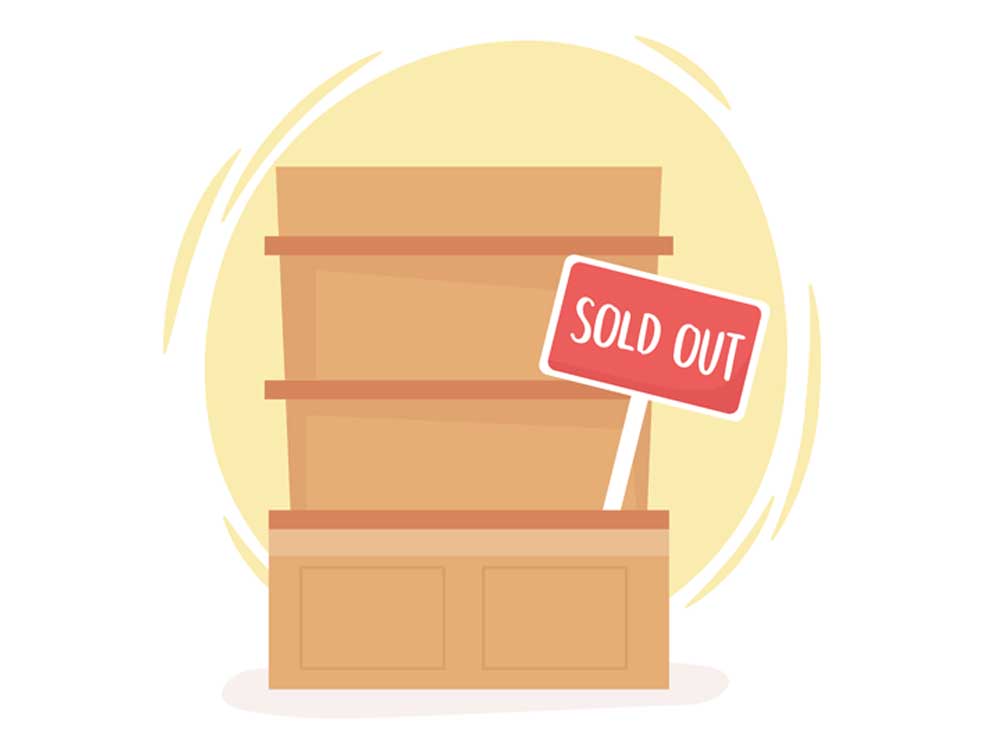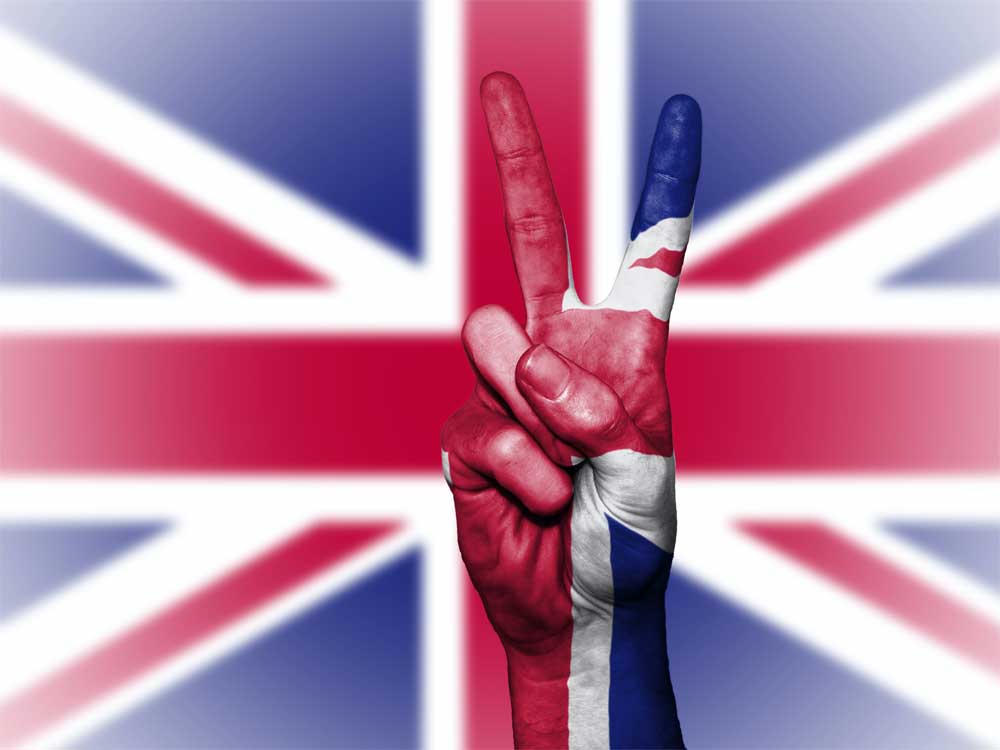The gloriously long hot summer of 2021 provided a much-needed antidote to the world’s post-Covid blues.
For most people, it was a time to kick back, relax and enjoy the delights of the great outdoors again.
Sadly, this wasn’t exactly the case for me.
Or Richard.
In fact, that same summer was right up there as one of the most intense periods in our lives.
Most of which was spent indoors, with our faces super-glued to the computer screen.
Why?
Because having been contacted by various Amazon Aggregators at the beginning of July 2021, we were both knee-deep in due diligence throughout the proceeding period.
And we were not alone, either.
You see:
Countless other Amazon FBA sellers were also navigating the sale of their own business during the summer of 2021.
In what has now been described as the peek of acquisition activity, following the prior 24-month boom in all things e-commerce.
One year after selling
And so, here we are.
A full 12 months have passed since Richard closed the deal on his Amazon FBA business.
I still have a few more weeks to wait before celebrating the same anniversary.
This inevitably got us thinking about our respective FBA brands this week.
Specifically:
What we have learnt since handing over the day-to-day operations, the things we would have done differently and, of course, what a new Amazon business might look like in 2022.
It was an emotional, sometimes painful, and yet highly productive session to say the least.
Want to know the best part?
After a few hours of reminiscing between ourselves, we decided to open up the conversation with our large network of other post-exit FBA sellers.
To really ‘dig into the weeds’ of what it’s like to run an Amazon business and how life had changed, following their recent sale.
This is where things got really interesting.
The 2021 post-exiteers
With informal sessions set up with more than 30 participants at the beginning of July this year, we set ourselves the challenge of competing all ‘interviews’ within a week.
Five short and sweet questions were posed.
The results of which are summarised below.
I’ll probably write up a more detailed post on the findings of our somewhat impulsive survey.
But for now, it might be nice to picture how YOU will feel without the burden of running your current business and a tidy (large) deposit in your bank account.
Start here, today.
1. On a scale of 1-10, how would you rate your overall health and wellbeing*:
1.1 Whilst running your Amazon business: Scored 4 (on average)
1.2 Six months after selling your Amazon business: Scored 7.5 (on average)
2. On a scale of 1-10, how often have you checked in on the progress of your sold brand?*
2.1 Within the first six months of selling: Scored 8 (on average)
2.2 Between six and twelve months of selling: Scored 2.5 (on average)
3. On a scale of 1-10, what do you miss about running an Amazon business?*:
3.1 Regular (passive) income: Scored 9.0 (on average)
3.2 The FBA community: Scored 3.5 (on average)
3.3 Launching a product: Scored 7.0 (on average)
3.4 Creating the brand: Scored 8.5 (on average)
3.5 Happy customers: Scored 2.0 (on average)
4. On a scale of 1-10, how likely are you to start a new Amazon or Shopify business?*:
Scored 8.5 (on average)
5. On a scale of 1-10, what would your new Amazon business look like?*:
5.1 Amazon USA marketplace: Scored 9.5 (on average)
5.2 Other Amazon marketplaces: Scored 4.5 (on average)
5.3 Five or fewer ASINs: Scored 7.0 (on average)
5.4 More than Five ASINs: Scored 5.5 (on average)
5.5 Small, lightweight products: Scored 8.5 (on average)
5.6 Oversized products: Scored 1.5 (on average)
5.7 Local suppliers only: Scored 7.5 (on average)
5.8 Overseas suppliers only: Scored 5.5 (on average)
5.9 Higher than market price point: Scored 8.5 (on average)
5.10 Lower than market price point: Scored 6.0 (on average)
* Scale rating based on 1 (low), 10 (high).





















